2023 POPULATION FORECAST REVIEW
Adelaide - South,
SA4 Region South Australia
Adelaide - South is forecast to grow from 378,101 to 428,462 by 2046, an increase of 50,361 people throughout the forecast period. As the historic growth front of Adelaide, policy and topographical constraints have limited its urban sprawl, encouraging urban densification.
Version 5.1.0 Published 3rd April 2023
Detailed forecasts are available for this region
Our premium services give you detailed forecast information for this region to help you invest in the right place, at the right time.
- Forecasts by age and sex
- Single-year forecast periods
- Custom local area geography
- Forecasts of housing and development
Menu
Insights behind our population and dwellings forecasts for our final metro Adelaide SA4.
Key Findings
The population of Adelaide - South in 2021 was 378,101. The population is forecast to grow by 50,361 persons to reach 428,462 in 2046. This accounts for 13% of South Australia's population growth over the next 25 years.
- The number of dwellings in Adelaide - South is forecast to grow from 162,810 in 2021 to 183,896 in 2046, an additional 21,086 dwellings.
- Given its mature nature, growth in Adelaide - South is spread evenly throughout the region, with no one or two SA2s spearheading its population growth. That being said, Hackham - Onkaparinga Hills SA2 is forecast to contribute 4,421 persons to 2046, accounting for 8.9% of the region's total population growth. the largest share throughout the forecast period.
- Aldinga SA2 is forecast to contribute 1,877 dwellings to 2046, accounting for 7.9% of the regions total dwelling growth, the largest share throughout the forecast period.
- Hackham - Onkaparinga Hills SA2 is also the fastest growing SA2 in both dwellings built and population growth, with the majority of development happening within the second half of the 25-year forecast period resultant of a recently zoned urban growth area supplying 2,000 dwellings.
- Significant infill activity has been forecast within Mitchell Park SA2, Morphetville SA2, and Warradale SA2 with the majority being utilised throughout our forecast period. Each SA2 is forecast to experience consistent growth as a result. This acts as a challenge for our forecasters who must decide when and where this growth comes on.
- Adelaide - South is forecast to maintain a similar age structure throughout the forecast period, if not aging slightly by 2046. Adelaide - South boasts a wide range of roles and functions, with a diverse mix of housing markets on offer. Such diversity is characterised by a dominate middle age bracket, with spikes in both university and senior aged peoples.
Read on below for charts, maps and tables sharing the forecast results at SA2 geography.
Geography and the role and function of place
Adelaide - South SA4 is made up of 35 SA2s with a diverse geography and an eclectic range of functions. Beginning at Glenelg, the region spans east from coast to the hills, cut in half by Main South Road which runs parallel along the SA4. Development follows south west along the Mount Lofty ranges, eventually ending in Sellicks Beach. The Eastern region is constrained by the Hills, where population and development activity becomes more scarce. The heart of the northern region surrounds Marion, in close proximity to Flinders University and the Lonsdale industrial precinct, whereas the southern capital surrounds Noarlunga Centre, servicing the Onkaparinga region.
The Seaford Train Line dissects the region, running from Edwardstown as far as Seaford. Glenelg and the northern sector of the region is serviced by trams. whereas the West relies on bus routes and private transportation. Adelaide - South has benefited from recent railway extensions, improving the accessibility of the region, most notably, the Flinders Railway Line extension.
Adelaide - South's age structure is reflective of the diverse range of roles it plays in the functioning of greater Adelaide. Dominated by 35-49-year-olds, the region is mostly made up of young families, followed by university aged adults and then older populations. Older age brackets are forecast to expand throughout the forecast period.
TOP DOWN
Adelaide - South, within the South Australian context
Our forecasts reflect how the future population of a place is affected by both localised and bigger-picture factors - what we refer to as 'bottom-up' and 'top-down' influences.
When undertaking small area forecasts, we first have to understand the macro drivers of change. Below are some key insights from our 'top-down' forecasts published in January 2023 that set the context for each region, or SA4, and the role it plays within the state.
This video provides a short summary of the process.
National and State population forecast
A new census cycle means new 2021 ‘Tops-Down’ national to state to SA4 forecasts based on up-to-date macro-level population and economic assumptions. For more information on our ‘Tops-Down’ forecast assumptions and results, read our National and State Population Forecast Review.
SAFi Review
Adelaide - South is forecast to grow by 50,361 persons by 2046
Australia is set to grow by 6 million persons by 2046, with South Australia's population growth accounting for around 6% of the Australian total. South Australia's population is expected to grow by 374,527 persons by 2046. Of this growth, 13% is attributed to Adelaide - South, the third largest share of growth among the 4 Greater Adelaide SA4s.
Adelaide - South has a similar age structure in comparison to Greater Adelaide, and is forecast to remain so throughout the forecast period, if not aging slightly. Dominated by 35-49-year-olds, the age bracket is forecast to experience the most amount of growth, followed by 70+ age brackets. Younger age brackets are set to grow relative to their current share of population.
Similar to Adelaide - Central and Hills, Adelaide - South is a net importer and university aged students aged 18-24, and a net exporter of young adults aged 25-34. With Flinders University being situated in the heart of the region, the influx and outflux of activity has a tangible impact on the region.
BOTTOM UP
.id Small Area forecasts for Adelaide - South
Paired with a top-down view of the region, our bottom-up approach is able to forecast population and dwelling growth down to sub SA1 levels. These granular forecasts provide a view of growth that factors in what is happening on the ground to give you the most accurate population forecasts in Australia.
"Land supply is not directly an issue for macro forecasts (national, states and territories), whereas when you undertake forecasting at the regional and particularly at the local level, it becomes largely about land and dwelling supply”. John O’Leary .id demographer.
A comprehensive and balanced view of future development
Our forecasts incorporate research into local land use and future development from a range of public and proprietary sources.
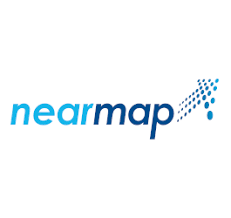


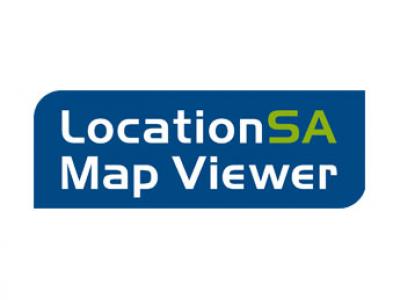

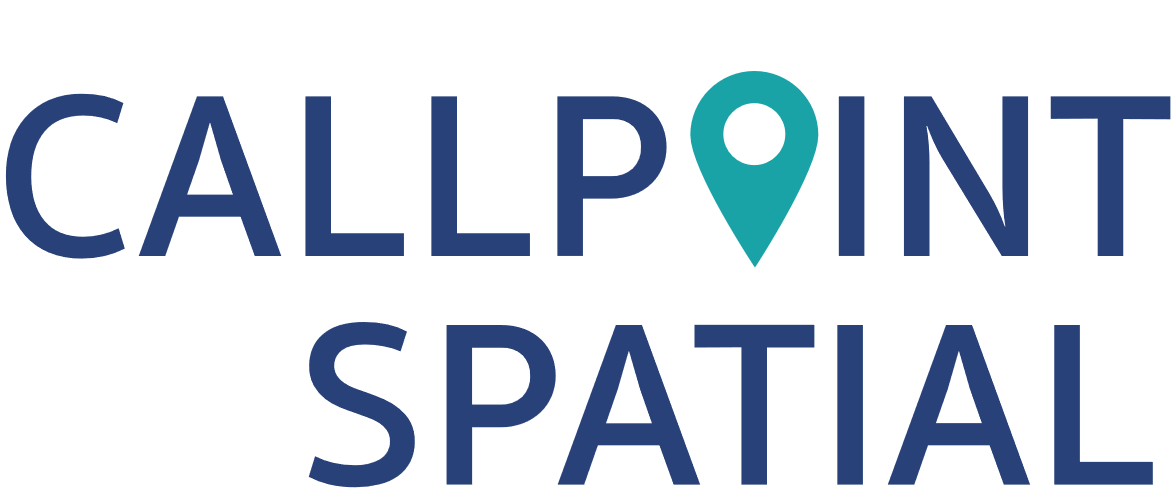
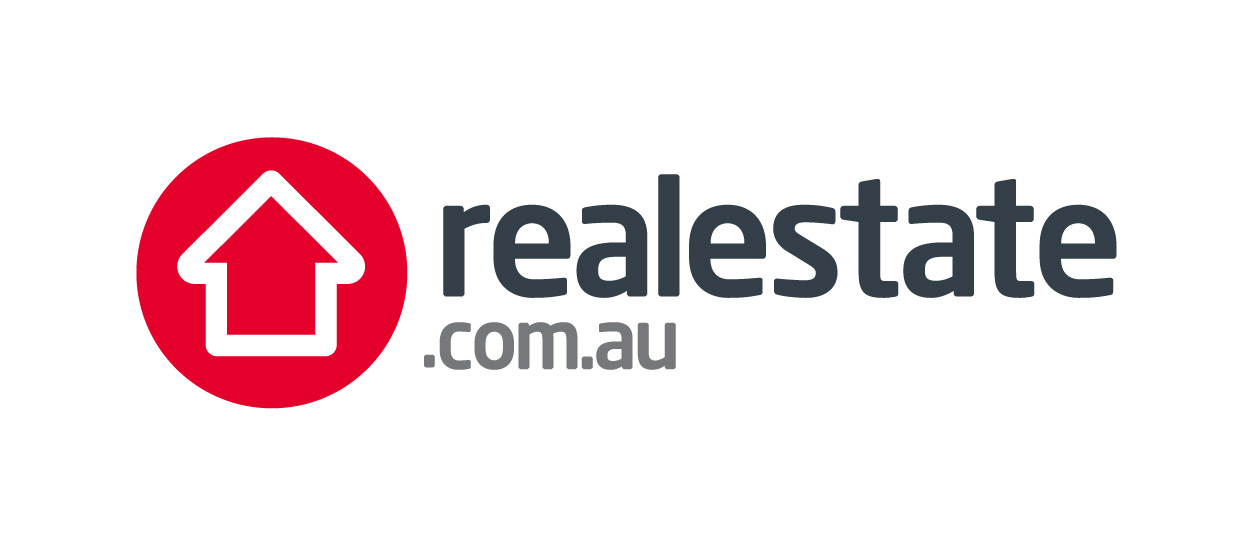


Adelaide - South - The local detail
Consistency is key...
Within the Adelaide - South SA2s, no one area outshines the rest in terms of population and dwelling growth, instead, the growth is shared evenly among the region, reflected by its property stability and maturity. Over the forecast period, Adelaide - South is expected to grow from 162,810 to 183,896 dwellings, an additional 21,086 dwellings by 2046.
The largest proportion of population growth at a local level belongs to Hackham - Onkaparinga Hills SA2, and Aldinga SA2, contributing 4,456 and 4,421 persons to 2046 respectively, and accounting for 17% of the regions total population growth over the forecast period. This is largely attributed to recently and future zoned growth areas in the SA2s, contributing close to 4,000 dwellings which our forecasters have identified to be mostly utilised throughout the 25 year period.
Warradale SA2 and Mitchell Park SA2 are forecast to experience significant dwelling growth in the form of urban densification throughout the forecast period. Marion shopping centre is situated within Warradale SA2, and as such, significant activity centre potential has been identified in the surrounding areas. On top of this, Oaklands Green housing redevelopment is currently under construction in the northern sector of the SA2, contributing over 500 new dwellings by 2030. Mitchell Park SA2's dwelling growth is largely attributed to the Tonsley Park development, contributing 850 dwellings to the region.
Large amounts of infill development has been identified within the Adelaide - South region, with 40% of our total development assumptions being attributed to infill over the forecast period. Mitchell Park SA2 is forecast to contribute over 950 dwellings of infill throughout the forecast period, followed by Morphettville SA2 which will contribute 944 dwellings, and Warradale SA2, which will contribute 920.
No SA2s are forecast to decline over the 25-year forecast period, however, the smallest growth is expected to occur in Colonel Light Gardens SA2 (0.21%), followed by Coromandel Valley SA2 (0.28%), and Bellevue Heights SA2 (0.46%).
Areas of note
- New residential growth areas have been identified in Hackham - Onkaparinga Hills SA2, and Aldinga SA2s, which are forecast to contribute a total of 3,550 new dwellings. Our forecasters have sequenced both areas to be completely utilised throughout the forecast period, emphasisng the need for infrastructure to keep up at a suitable and sustainable pace.
- Significant infill development has been identified within Mitchell Park SA2, Morphetville SA2, and Warradale SA2. Surrounding activity centres zones, these areas are identified to provide increasingly higher density homes over the forecast period.
- Mitchell Park SA2 plays a pivotal role in the demographic functioning of Adelaide - South. A former industrial powerhouse with both Chrysler and Mitsubishi factories residing in the area, the SA2 is forecast to contribute significant residential growth through the Tonsley development precinct. Housing both TAFE and Flinders University, these institutions significantly impact the flows of activity throughout Greater Adelaide.
- Vista Estate in Seaford Heights is well underway, set to contribute 1,150 dwellings by around 2030. The estate sits awkwardly within the McLaren Vale SA2, however, it functionally exists within the Seaford region.
- Seaford Meadows within Seaford SA2 has experienced significant development over the last 15 years, with a new growth precinct identified by our forecasters. Seaford Meadows will supply over 500 dwellings and is forecast to begin in the next 5 years.
- Of the 461 development sites identified, over 16% are greenfield developments, while only 11% are identified apartment sites, the remaining sites are identified redevelopment potential and future growth areas, highlighting the significant supply potential of the SA4.
This detail can be explored further within our Residential Development Forecasts.
1 national forecasting program.
6 ways to explore.
![]()
forecast.id
Plan for the changing needs of your community with a trusted forecast of population and housing in your Local Government Area, published in an accessible online tool.
![]()
forecast.id premium
Bring the full power of our National Forecasting Program into your organisation. We'll work with you to tailor a data partnership supported by briefings from our experts.
![]()
forecast.id partners
Our pay-per-download program gives our consulting partners instant access to reliable and respected forecast information on a project-by-project basis.
![]()
forecast.id hotspot report
Find a location near the people you serve with a tailored report that identifies up to ten locations with the highest number of people in your target demographic.
![]()
forecast.id location report
Whether you're investing in a new location or checking your current strategy is on track, forecast.id location reports quantify future demand around a known location.
Commentary and analysis from our specialist forecasters.
Do you work with local government?
If you're involved in planning local government services, we have a specialist population forecasting team that helps councils advocate for the needs of their community. Learn more about forecast.id here.
Public resources for local areas
Find resources for other parts of South Australia and Australia via our demographic resource centre.
Your questions answered
Do you have a question about our forecasts, our assumptions or about the Adelaide - South SA4 Region? You can submit a question to our team by emailing locationdecisions@id.com.au




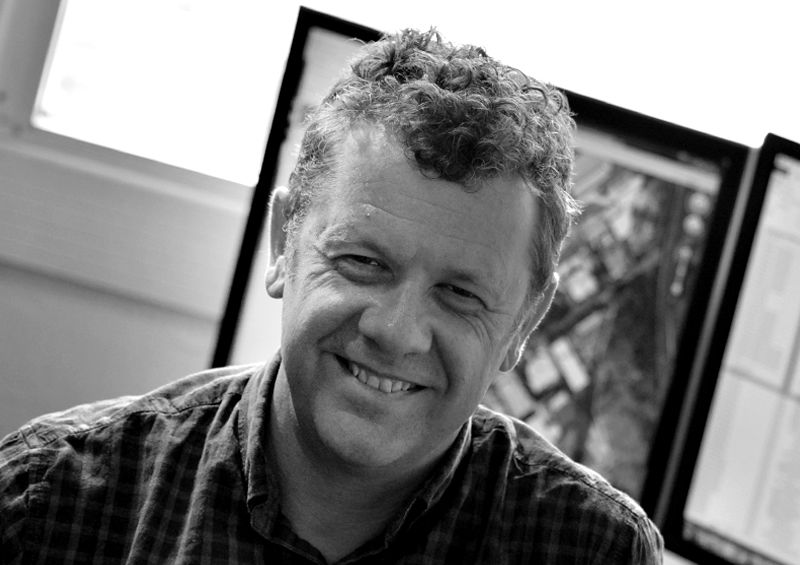
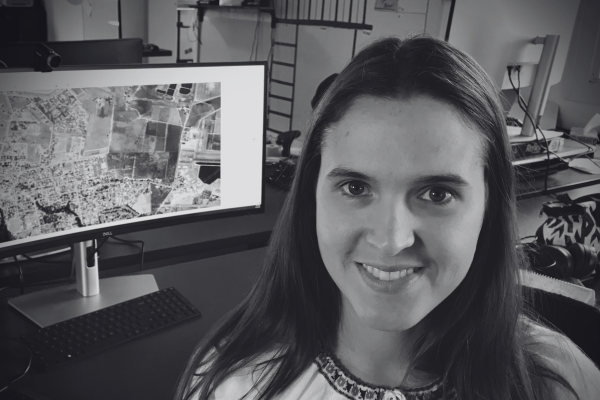

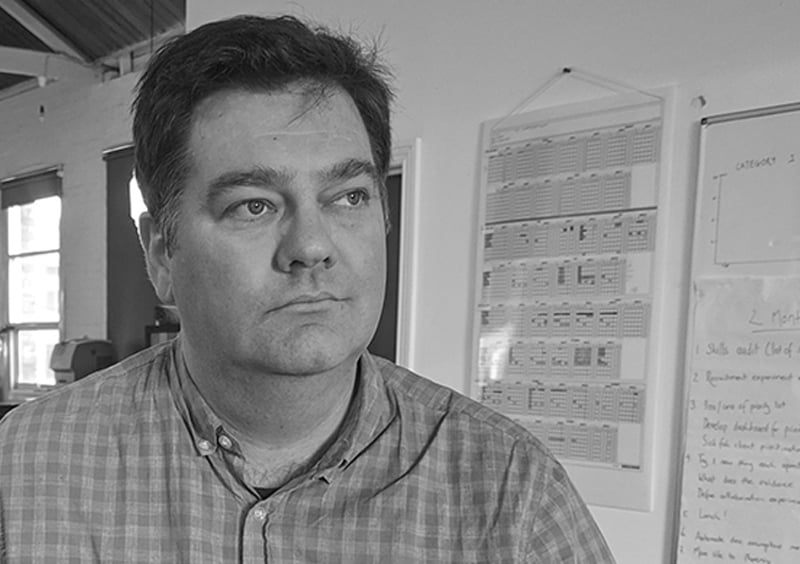
.png?width=600&height=400&name=Meet%20the%20team%20%20Oliver%20Bowering%20(1).png)
